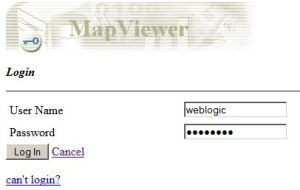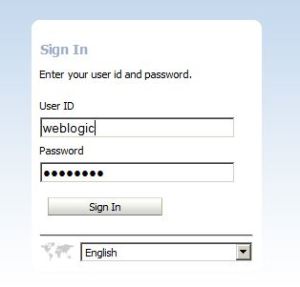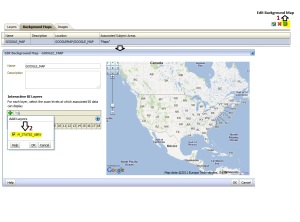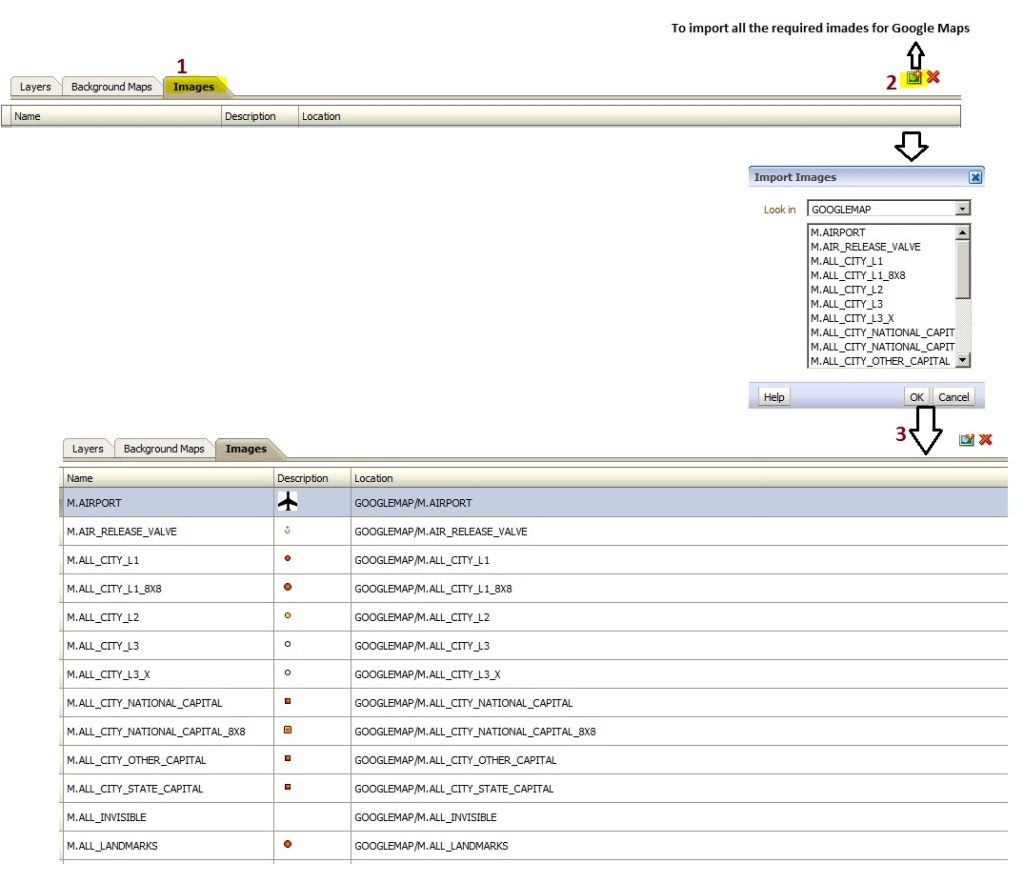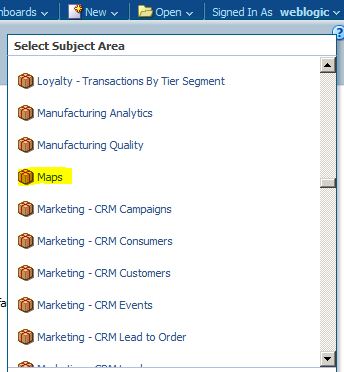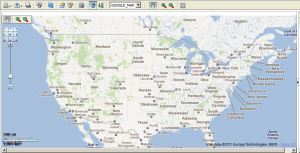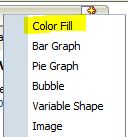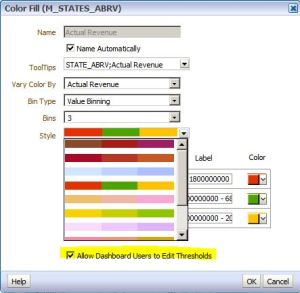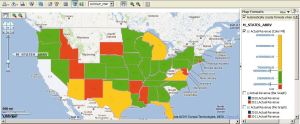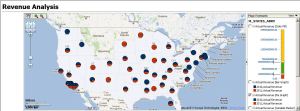Map view is a new view in OBIEE11g that permit to include a mapviewer map in an answer. When you edit a map view and work with layers, you create formats for those layers.
Observations:
- A map view can be a Master, but never the Detail.
- Map views do not support hierarchical columns.
- Can pass parameters from Prompt .
- Can Pass Master Detail Event .
Working with Google Maps :
Oracle MapViewer now supports Google Maps as a built-in tile layer. Which means you can use MapViewer to create a tile layer with tile imagery served from the Google Maps server. Once created, you can use these map tiles in your map views in Oracle BI as background maps, without the need to do any programming or custom work.
Lets follow the steps below :
- Required Work in Oracle Database :
Step1: The spatial data to be overlain in your map views still needs to come from some spatial data source, like that provided by NAVTEQ and stored in an Oracle Database. Create a Schema(User) called ‘WORLD_SAMPLE2010′ in Oracle Database and download the NAVTEQ World Map bundle
here follow the process available in ReadMe.txt will be available with download .
Download the sample
OBIEE Data and Repository (Rpd Password: prasad123) that I used in this blog . (The table that I used contains 142,350 rows

)
- Required Work in Oracle Mapviewer:
Step2: Login into ‘http://localhost:9704/ mapviewer/mvlogon.jsp’
step3: Click on Datasources .
Step4: Enter the database details that we did in Step1 .
Make sure that the Data Source created successfully . The screen should be as follows .
Step5: Click on ‘Manage Map Tile Layers ‘ –> ‘Create’–> select ‘Google Maps’ and click on Continue .
You will see the screen as follows .
Step6 : Here we have to enter Google Maps API Key for this click
here and login into your google acount it will generate the key .
Step7 : Take the Generated Key .
Go back to Step5 and Enter this key .
In my case the entry is as follows .
key : ABQIAAAAOZl5mXAl3lnQaAmpiv0kZBRVG7RGNkkKa3S3wcJho1Uz7mlwSxSsyhpWsQk
Click on ‘submit’ on the same screen.
The Google map is created now . The screen looks as follows . Click on ‘Bring Online’ so that the Map will be available to use in OBIEE Answers.
To make sure that the map is created properly or not ,click on ‘View Maps/ Manage Tiles’ and screen should be looks as follows .
- Required Work in OBIEE 11G :
Step9: Click on Administration –> Manage Map Data –> Layers –> Import Layers
Step10: Import all the layers .
The screen should looks like this
Step11: Select M_STATE_ABRV and click on Edit Layers .
Click on

and Select Maps Subject Area
and select STATTE_ABRV Column
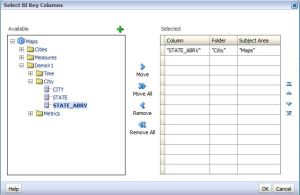
and click OK .
Step12 :Click on Background Maps –> Import Background Maps and select Google Map and click OK.
Click On Edit Background Map and click on

to set zoom levels associated with BI Data can display .
Set the zoom leves looks as following screen . The data available in BI will be highlighted in map .
Click Ok .
Step13: Click on images to import all the required images for Google Maps .
Click OK .
We are done with Map Administration .Next Step is to Create Map View in Answers .
Step14 : Create New –> Analysis and select the subject area Maps .
Pull the columns STATE_ABRV,YEAR,Actual Revenue,Target Revenue .
Click on Results, by default you can see the table view . Here goto New View and select Map View .
Step15 : Select GOOGLE_MAP from menu .
Step:16: The map appears as follows .
Click on New –> ‘Color Fill’ on the map View .
and select ‘STATE_ABRV’ .
Select required color from the window and check the checkbox ‘Allow Dashboard users to edit Thresholds ‘.
The Map should be looks like below screen.
||y you can create Bar Graphs,Pie,Variable Markers..
find the below screen shots .


